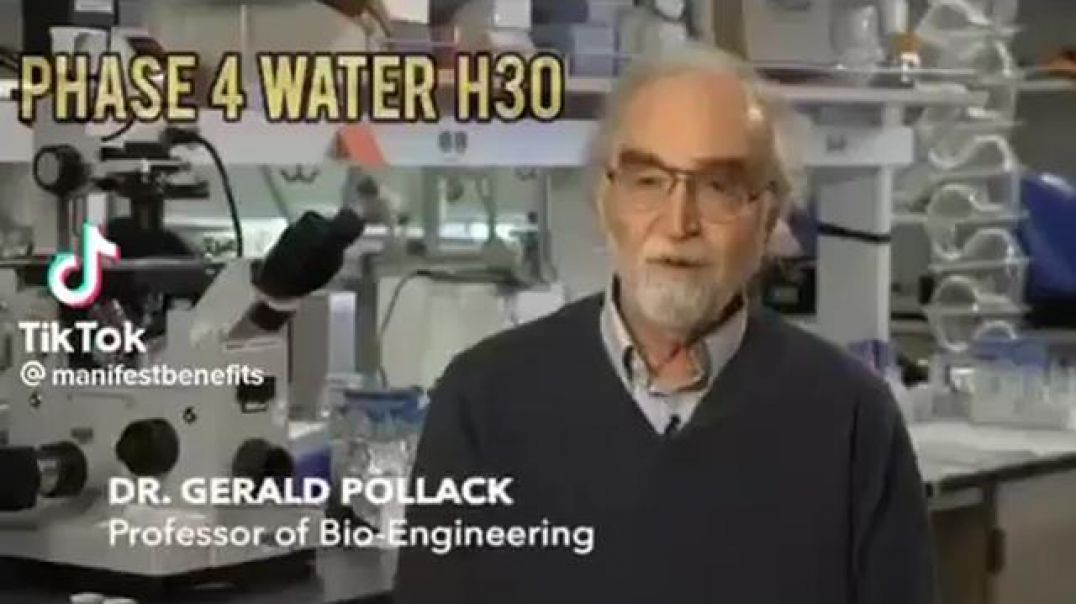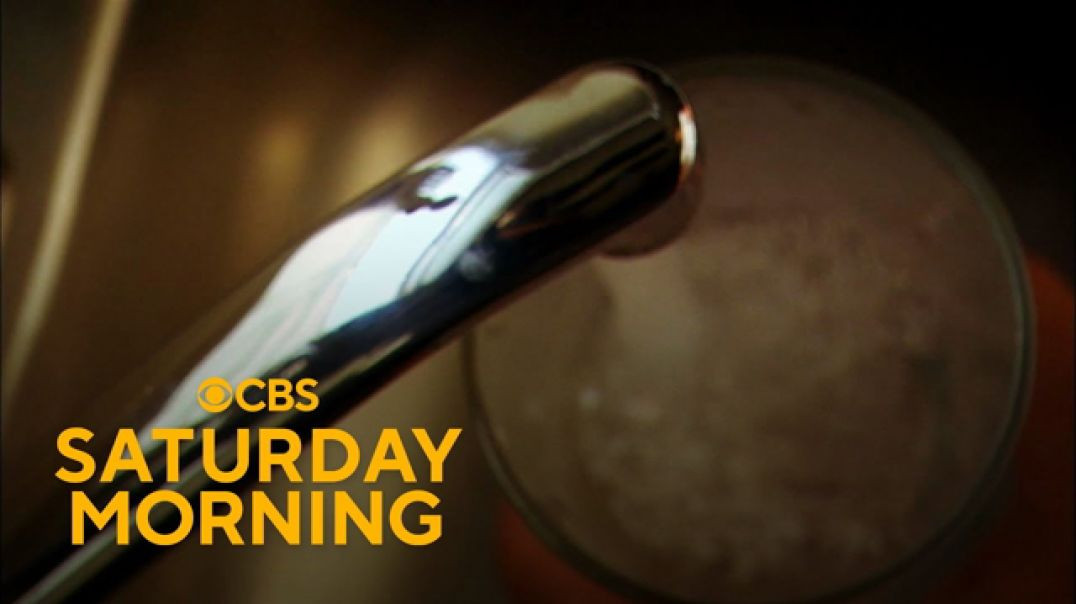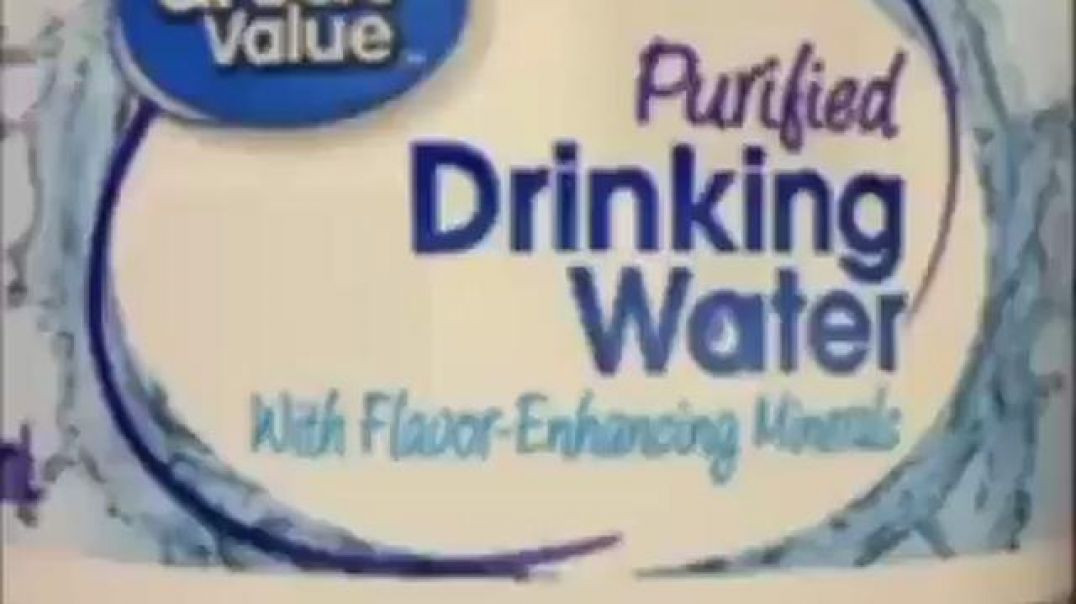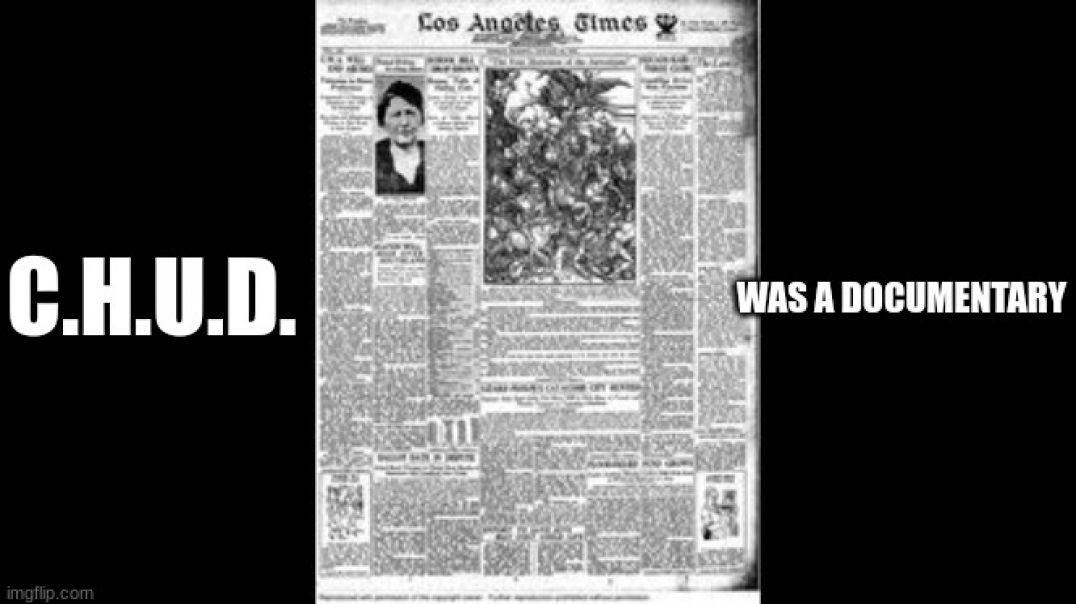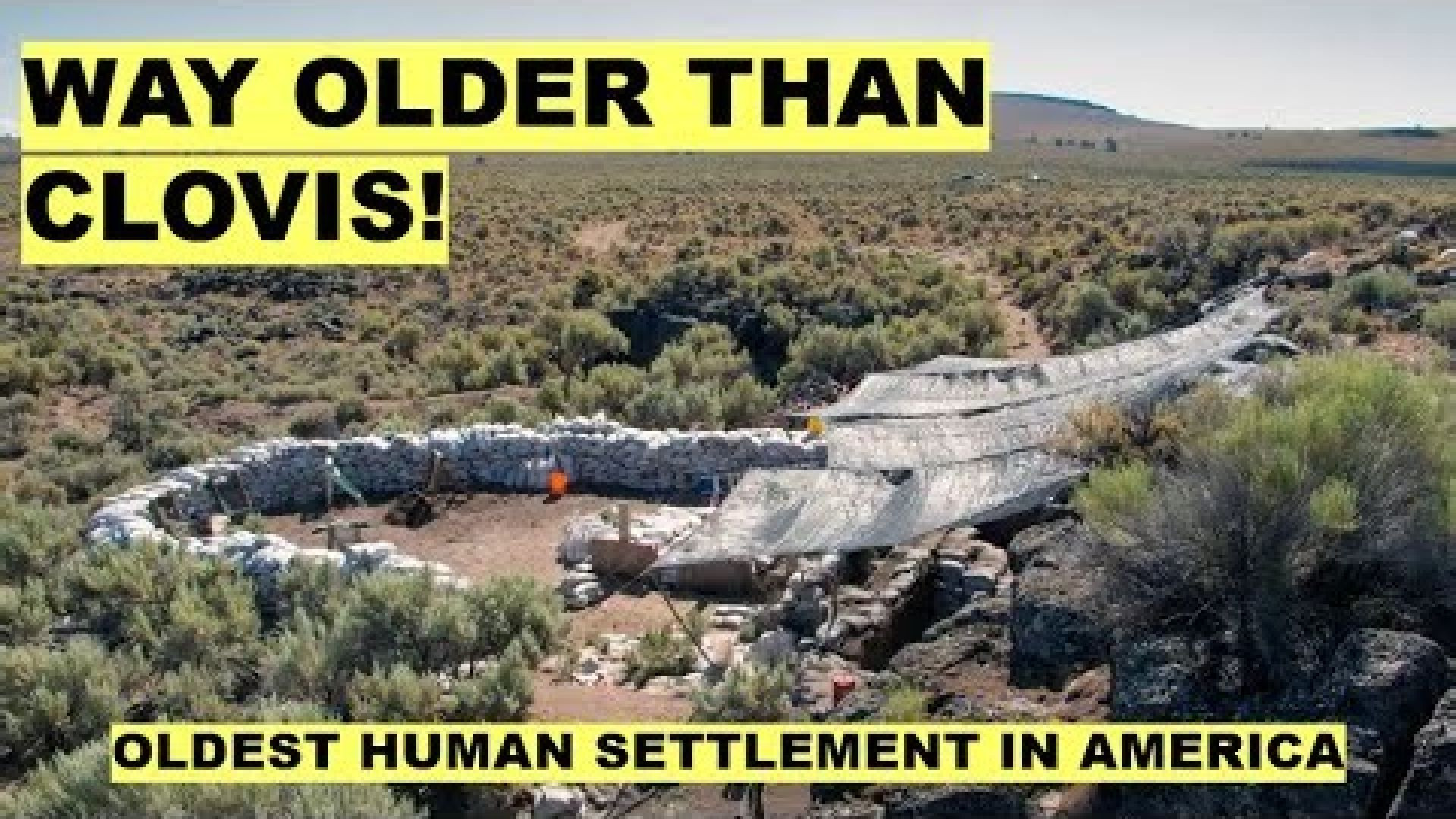Live streaming on Altcast.TV is now available!
INVERSE EQUATION OF CONSUMPTION OF FLUORIDE 🚰☠ IN DRINKING WATER AND IQ DISCOVERED
healthbot - https://t.co/PrcIDrsyvB
Source: https://x.com/thehealthb0t/sta....tus/1891423646171701
Thumbnail: https://imgflip.com/i/9kkvfv [thanks to https://www.ahealedplanet.net/fluoride.htm 🖲]
Just an excerpt:
Du Pont invented Freon early in the 20th century. During World War II and America’s secret pursuit of the atom bomb, there were many technical hurdles to overcome. A major problem was obtaining the necessary nuclear materials. In nature, uranium primarily exists in two isotopes. An isotope is a version of an element. What makes one an elemental isotope different from another is its number of neutrons. In nature, Uranium is found as Uranium 238 ("U-238") and U-235. U-238 is by far the most abundant isotope and comprises more than 99% of all uranium. U-235 makes up less than 1% of naturally occurring uranium, but it is the isotope needed to make a bomb. The difference between U-235 and U-238 is three neutrons. Those three fewer neutrons make U-235 less stable (undergoing radioactive decay into more stable elements) than U-238. U-235’s half-life (the time it takes for half of it to decay) is 700 million years, but that is short compared to U-238’s 4.5 billion years. It is short enough to lump it together and create a nuclear chain reaction. That chain reaction is the required event for making nuclear weapons and nuclear energy possible.
How to separate U-235 from U-238? The answer was simple and the key to making nuclear weapons. Du Pont was the acknowledged master of refrigeration, and using fluorine to make a refrigerant was their specialty. The secret to separating the uranium isotopes was turning uranium into a gas, and uranium hexafluoride was born, which is one uranium atom bonded to six fluorine atoms. It is the only known uranium compound that is a gas at near environmental temperatures (its boiling point is 134° F). It is called “Hex” in the industry. From this essay’s chemistry lesson addendum, it should be obvious why that compound had such a low boiling point. Hex is uranium gas, or one could call it radioactive Freon.
Here is how they separated it. The Hex of U-235 is slightly lighter than Hex of U-238, because of those three neutrons. What Manhattan Project personnel did was send Hex through a mile-long tunnel filled with screens. As the Hex made its way to the end of the tunnel, the Hex, U-235 rose in comparison to the Hex, U-238, because it was slightly lighter. A membrane then filtered it out. It was an ingenious solution. They accumulated U-235 an atom at a time. The work of tens of thousands of people was directed at getting a lump of U-235 that I could hold in my hand. That was the active ingredient in the atom bomb dropped on Hiroshima.
Du Pont produced vast amounts of fluorine for the Hex. During 1944 there was an accident at du Pont, and a cloud of deadly hydrogen fluoride was released into the air. When added to water, hydrogen fluoride becomes hydrofluoric acid. There were probably numerous releases.[45] The fluoride clouds sailed away to farms downwind. Crops withered, and people and animals became violently ill. The affected farmers in Gloucester and Salem counties, famous for their high quality produce, sued the federal government after the war. They were stifled in their lawsuits against du Pont and the Manhattan Project, largely because the data regarding the damage done was kept secret in the interest of “national security.” The farmers eventually gave up and settled their suits for a few hundred dollars per farm. Recently declassified documents show Harold Hodge’s active role in the government’s damage control effort. In a secret Manhattan Project memo dated March 1, 1946, Hodge, who was the Manhattan Project’s chief toxicologist for fluorine studies, wrote to the Manhattan Project's medical division chief, Colonel Stafford Warren. Hodge expressed his concern regarding the toxicity of fluorine and the New Jersey incident. Hodge outlined four major areas of concern:
"1. A question of injury of the peach crop in 1944.
"2. A report of extraordinary fluoride content of vegetables grown in this area.
"3. A report of abnormally high fluoride content in the blood of human individuals residing in this area.
"4. A report raising the question of serious poisoning of horses and cattle in this area."
Shortly after the farmers sued, the federal government mobilized tremendous resources to counteract the farmers' efforts. Secret meetings were held in Washington D.C., attended by everybody from the FDA to the Bureau of Standards to the Justice Department. Why were they meeting? In a declassified memo from Colonel Cooper Rhodes of the Manhattan Project, those government agencies were “making scientific investigations to obtain evidence which may be used to protect the interest of the Government at the trial of the suits brought by owners of peach orchards in ... New Jersey.”

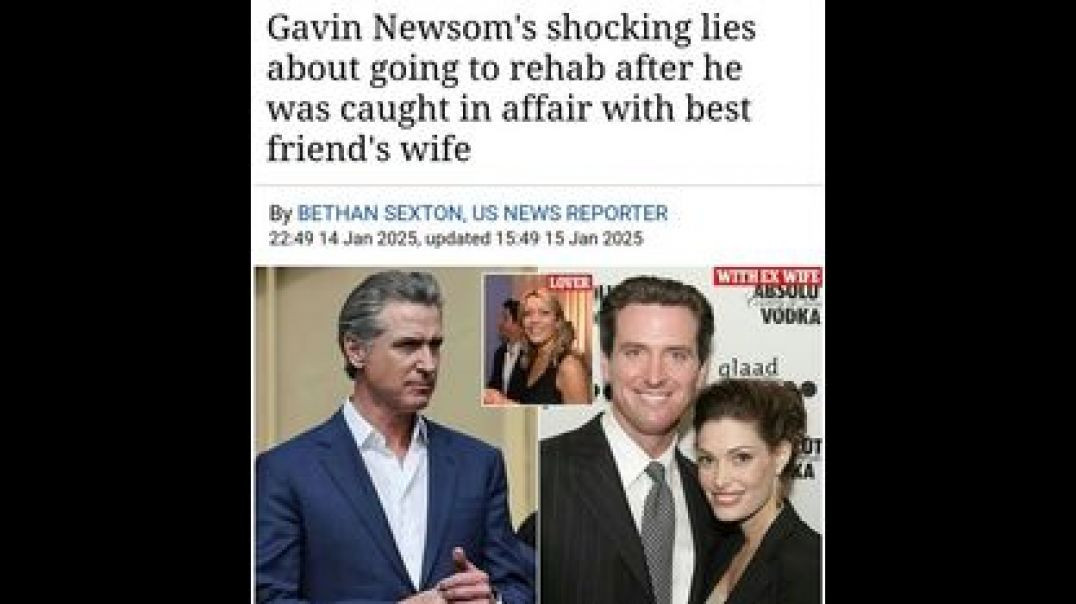

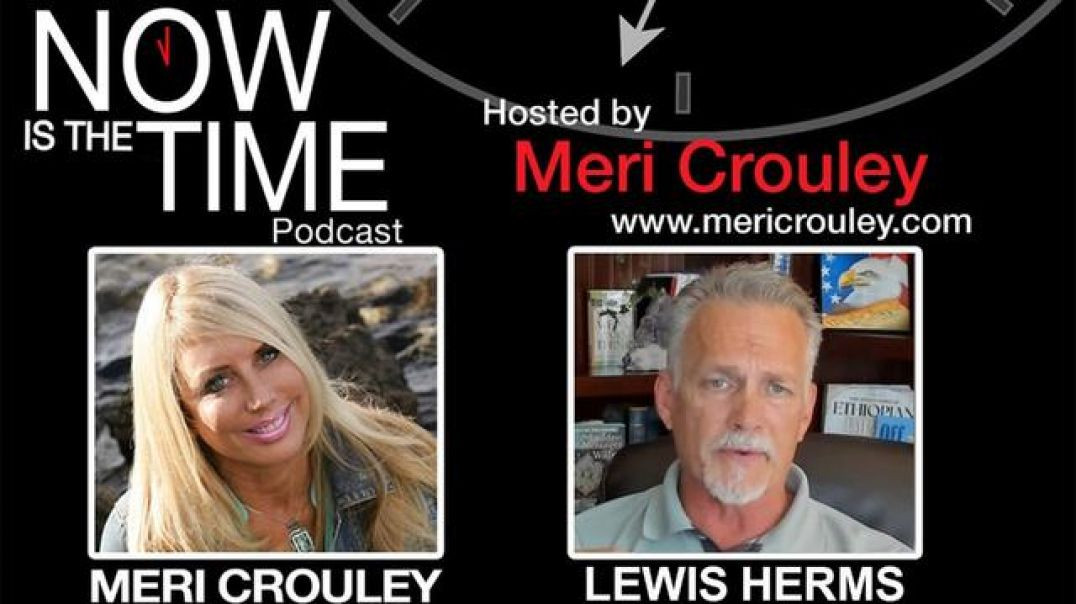
![FLUORIDE OPPONENTS SCHOOL 🏫 DALLAS CITY COUNCIL [MAY14, 2025]](https://s3.us-central-1.wasabisys.com/altcast1/upload/photos/2025/05/KWI5z3ag8Ged2osSt66A_15_0d2fb9e42e79019b318f388abdd049dd_image.jpg)

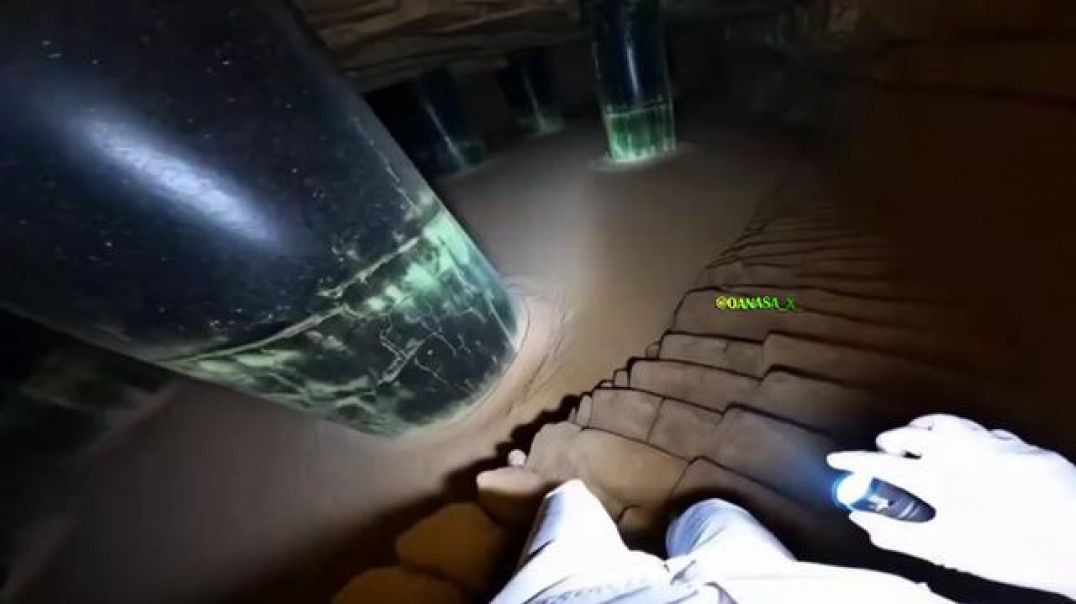


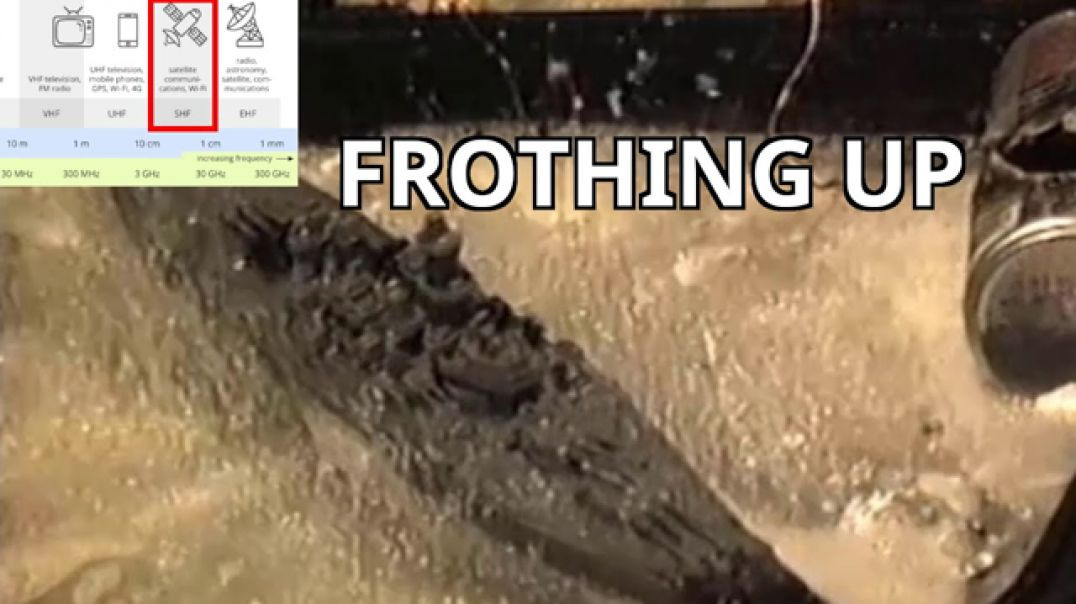
![TOOTHPASTE IS MAKING YOU DUMBER ☠ [FLUORIDE IS A CARCINOGEN AND A NEUROTOXIN]](https://s3.us-central-1.wasabisys.com/altcast1/upload/photos/2025/03/xrr6PVU1nvDsEuq4kePj_03_216c9b2eb6f6632a8aea9c03e300fc59_image.png)
![WOMAN ARRESTED AFTER EXPLOSIVES DISCOVERED AT TESLA DEALERSHIP ⚥ [IS IT REALLY THOUGH❓]](https://s3.us-central-1.wasabisys.com/altcast1/upload/photos/2025/02/P9fCgvTHtJiQACLyfLbV_27_98c1eef2f0a259909d819b8544aa4b48_image.jpg)
